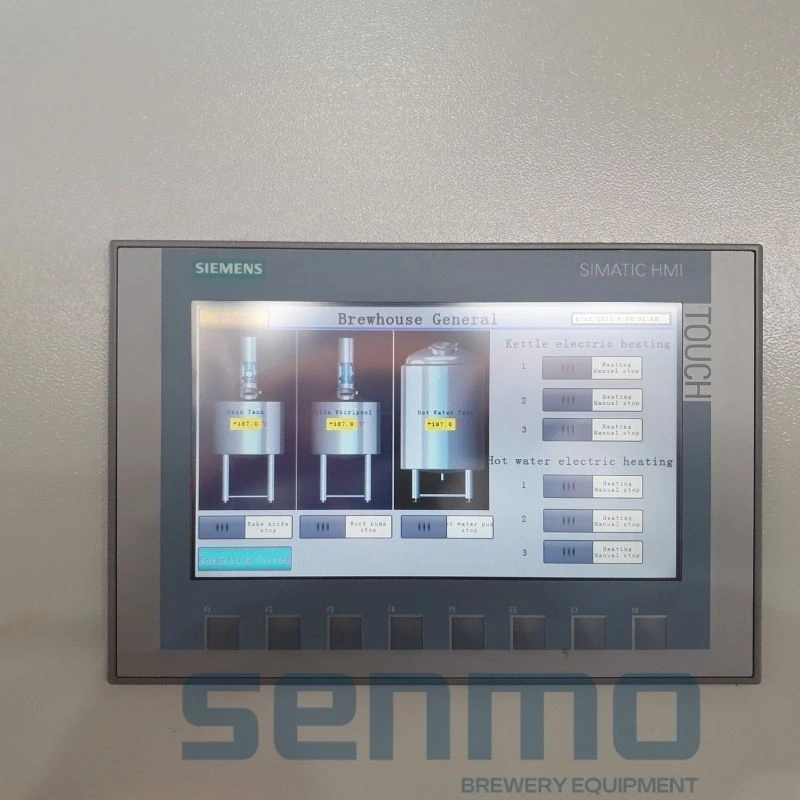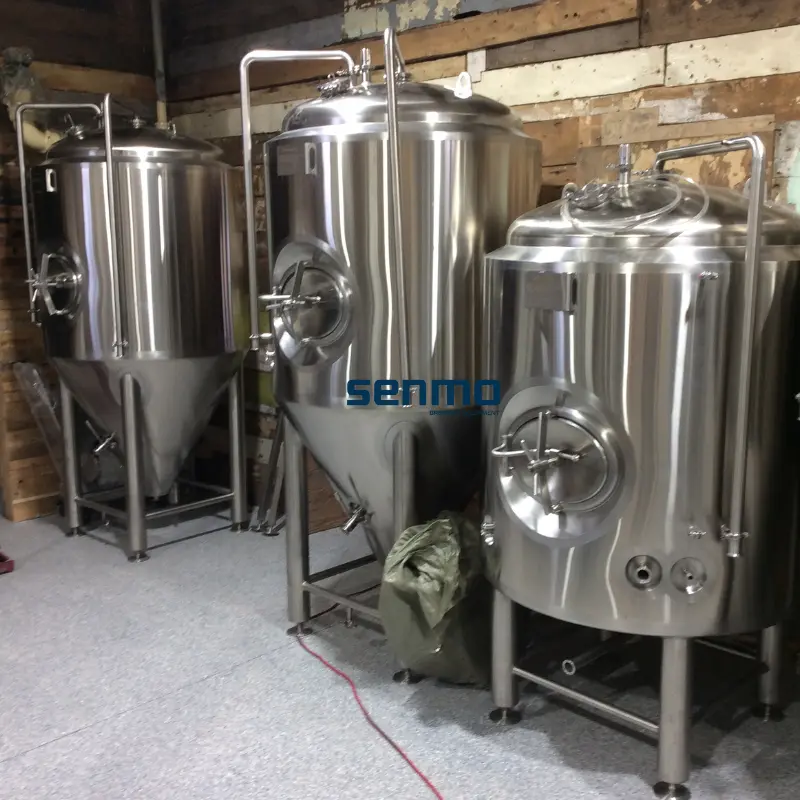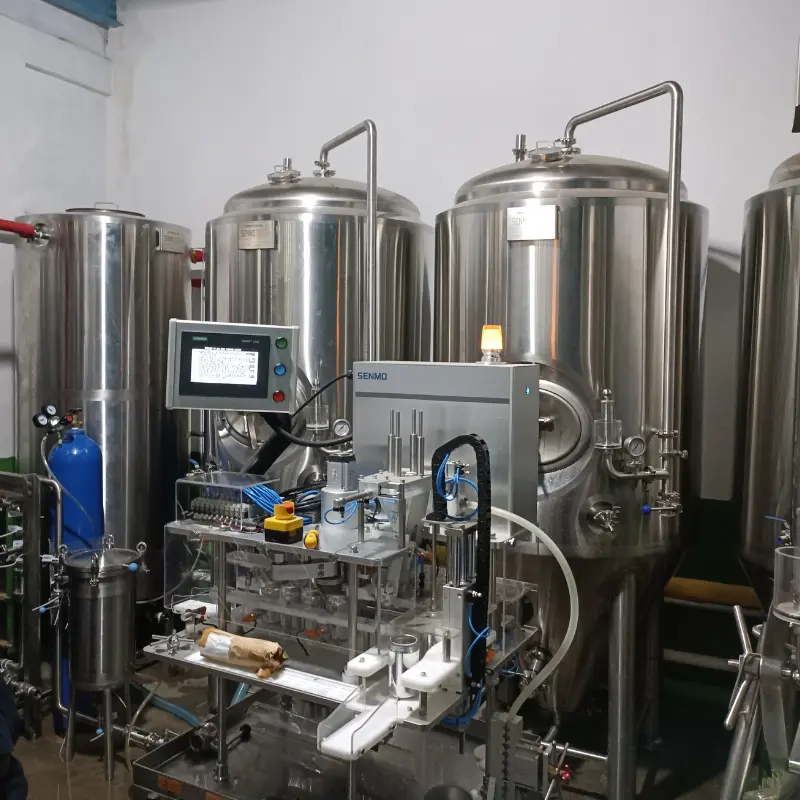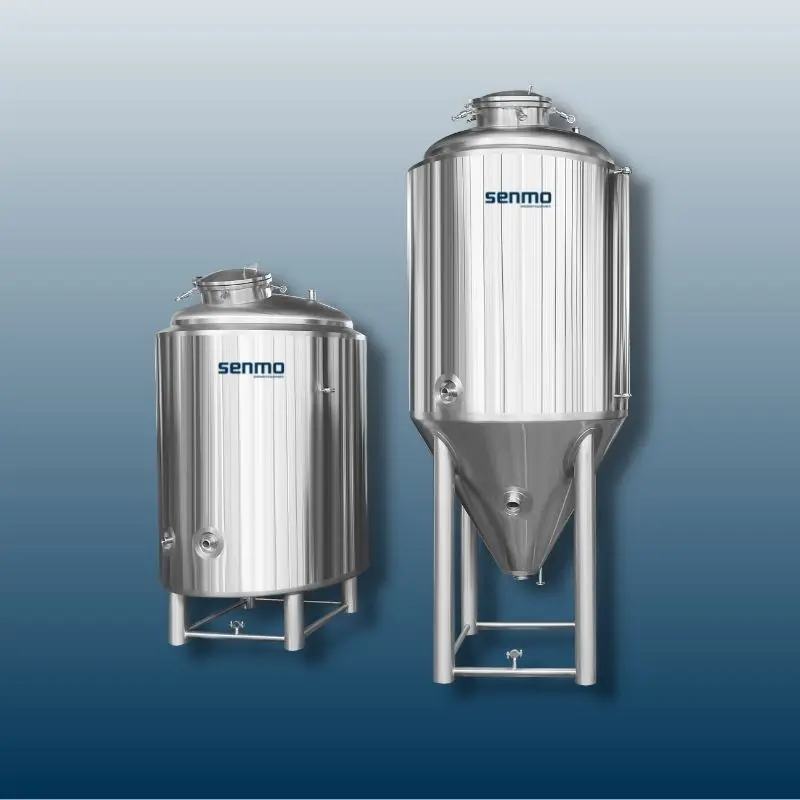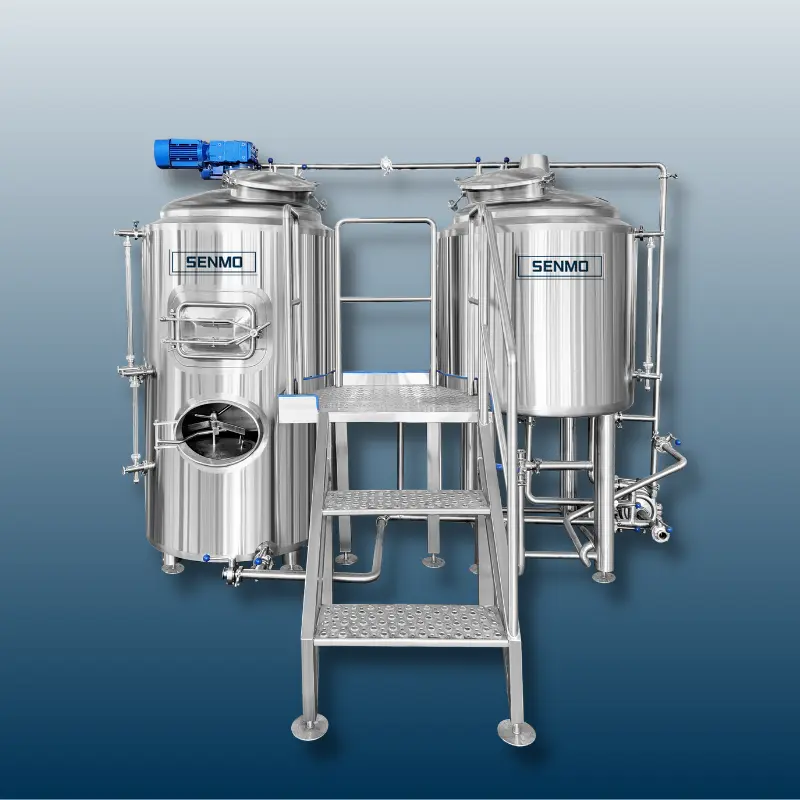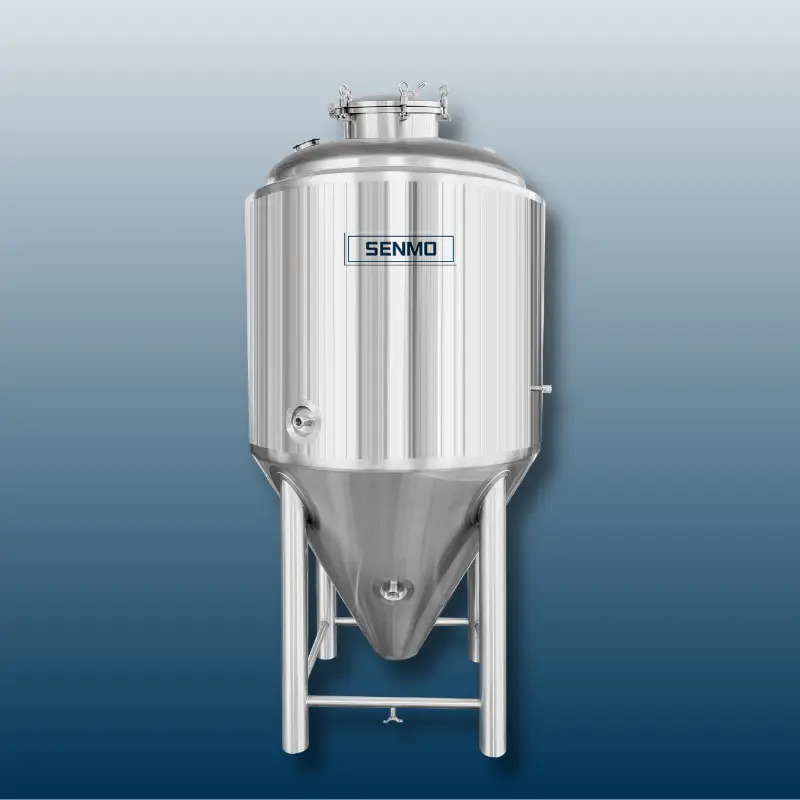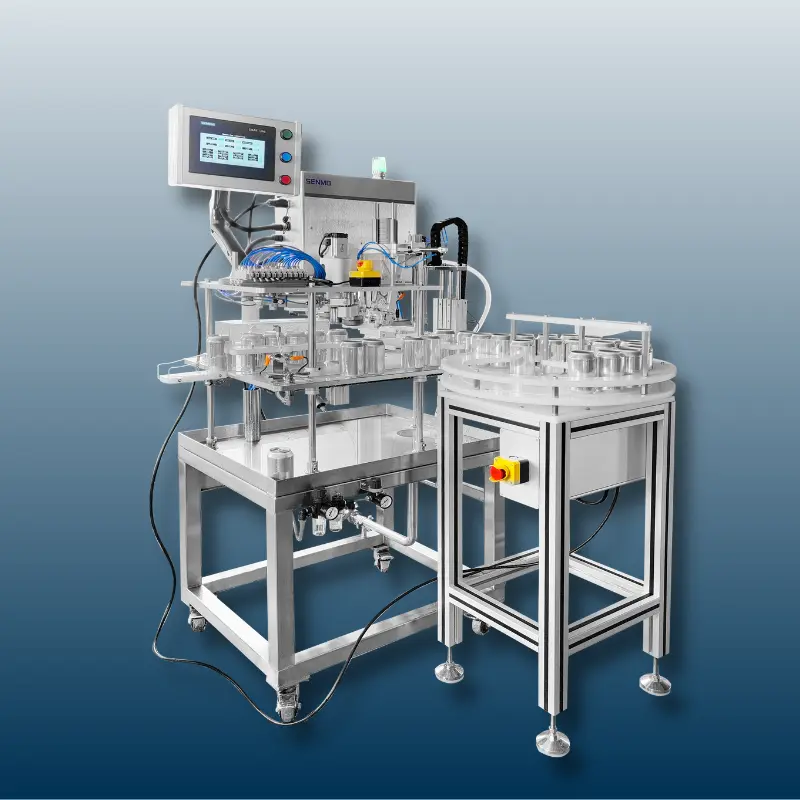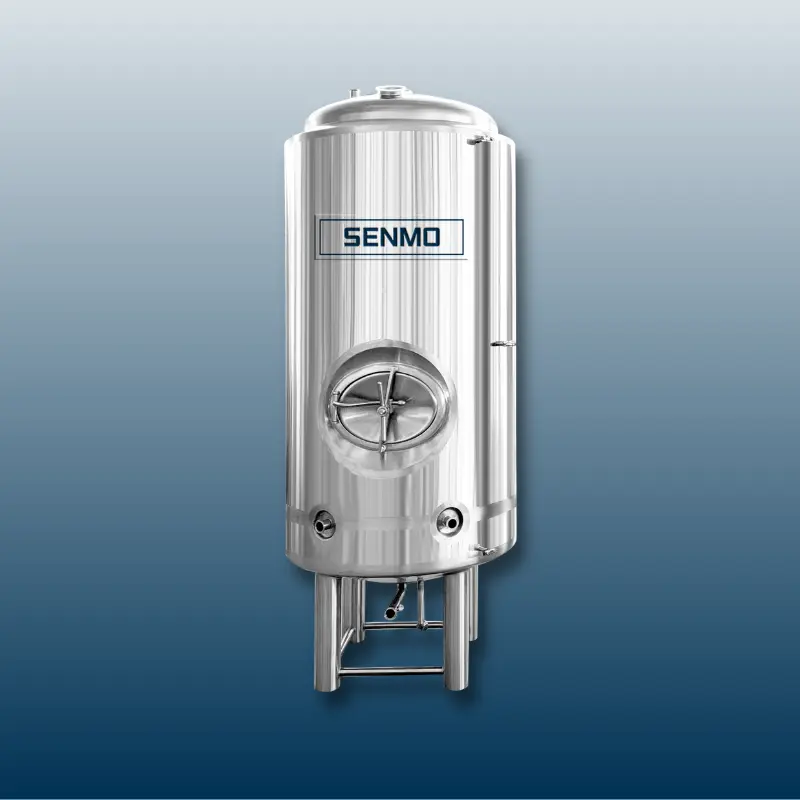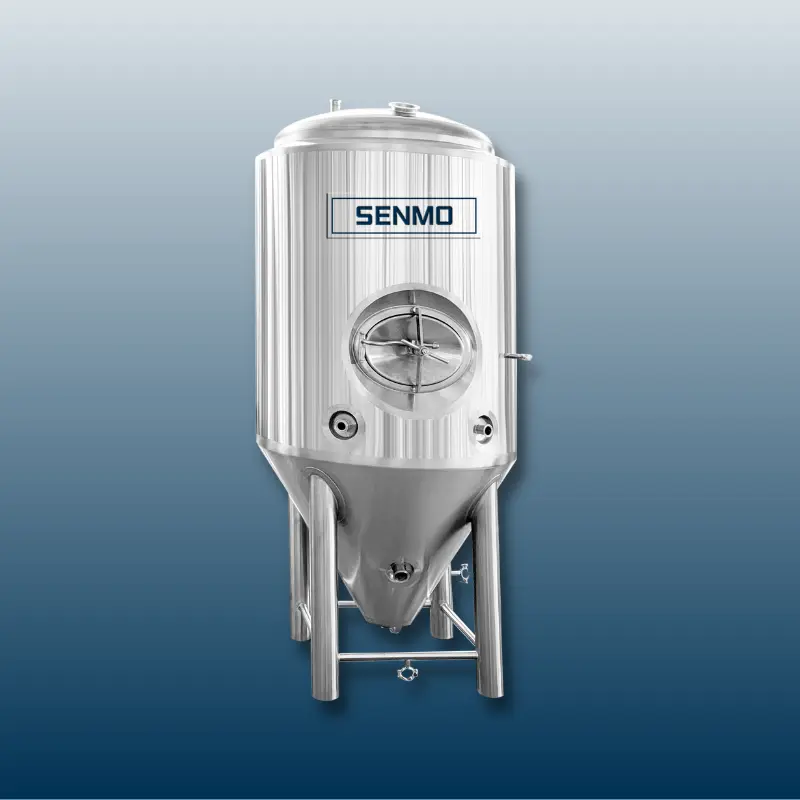Microbrewery PID and PLC control system
Brewing beer is not only an art, but also a science. Many variables during the beer brewing need to be accurately controlled to produce beers with stable quality. One of the key factors in the brewing process is temperature control, which is crucial to achieve the flavor, aroma and taste required by beer. In order to achieve this accurate control, many breweries and beerpubs use special control panels to adjust the temperature and other parameters in the brewing process.
There are two common types of control systems used in microbreweries,one is PID (Proportional-Integrated Derivative) ,the other is PLC (Programmable Logic Controller) control. Although these two types of control systems are designed to regulate temperature, they differ in function, complexity and cost.
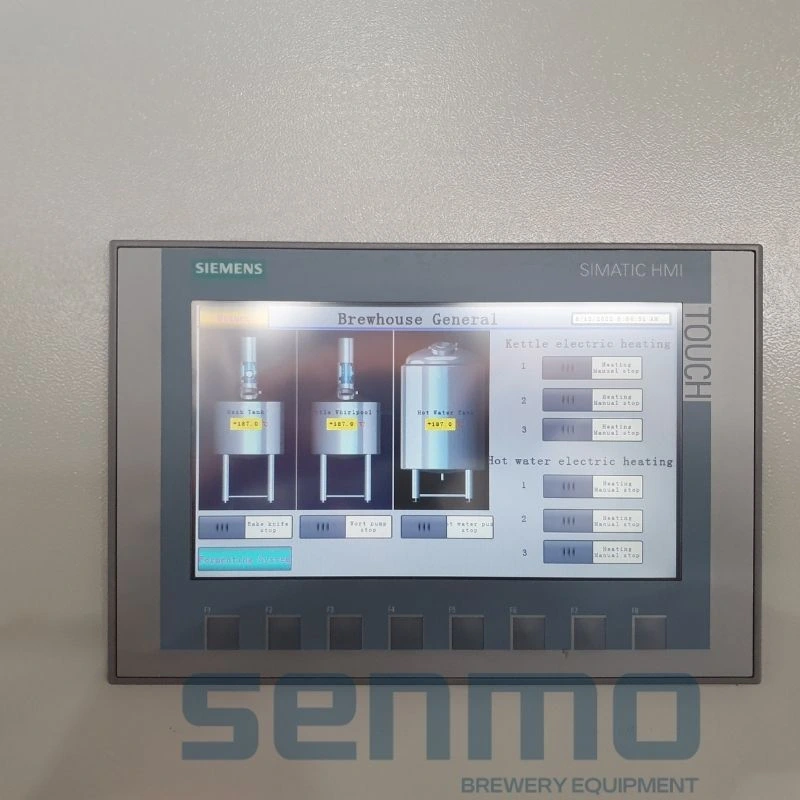
PLC is a programming control designed for industrial automation and control applications. It includes a hardware system and a software system - CPU, memory, input/output (I/O) module and programming language. The programming language is used to create programs that run on the PLC and control input/output modules.
The hardware components of the PLC system may vary according to the specific application, but usually include the processor or CPU, power supply, input module, output module and communication module. The processor or CPU is the core of PLC and performs all necessary calculations and logical operations. Power supplies power to the PLC, while input and output modules connect the PLC to real-world devices, such as sensors, valves and motors. Communication module allows PLC to communicate with other equipment or systems.
PLC system can be used to control various brewing processes, including temperature control, filling and packaging, and process management during fermentation and ripening. In most microbrewery or beer bar control systems, temperature sensors, pressure sensors and other input devices are connected to PLC input modules, and then the PLC program uses this input data to control the output modules connected to valves, pumps and other control devices.
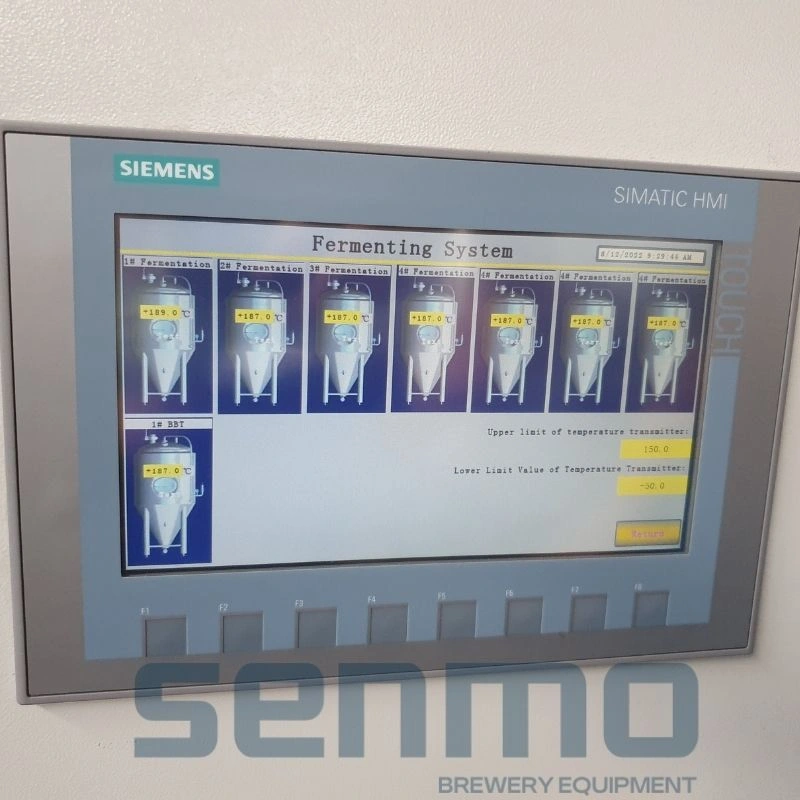
For example, in the fermentation process, PLC can open or close the cooling valve according to the temperature sensor reading to control the temperature of the fermentation tank. PLC can also monitor the pressure in the fermentation tank and automatically adjust the pressure relief valve as required. This automation helps ensure that beer production is consistent and meets the required specifications.
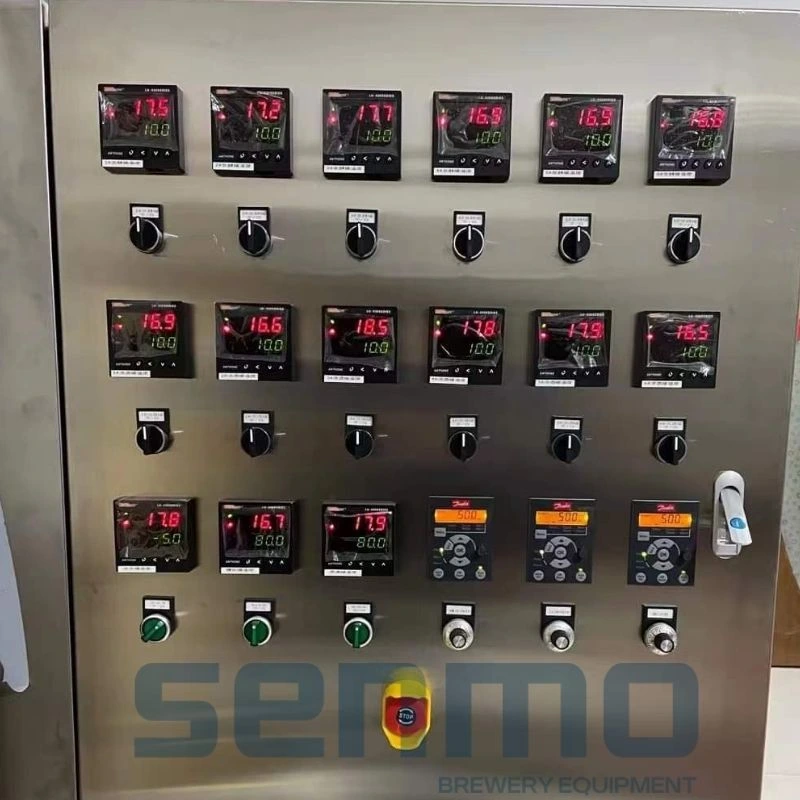
PID control is a common method for adjusting brewing temperature, because temperature is one of the most critical variables in the brewing process. The three components of PID control: proportion, integral and differential work together to keep the temperature of mash or wort at the set point.
The proportional element of PID control is responsible for real-time response to temperature changes. It uses a temperature sensor to measure the current temperature and compare it with the desired set point temperature. If the actual temperature is higher than the set point, the proportional component will reduce the power of the heating element, resulting in a temperature drop. If the actual temperature is lower than the set value, the proportional component will increase the power of the heating element and cause the temperature to rise.
The integral part of PID control will check when the temperature is higher or lower than the set value, and adjust the control output accordingly. If the temperature deviates from the set value for a long time, the integrator will increase the output to correct the temperature faster.
The differential component of PID control can predict how the temperature will change in the future by looking at the speed of the current temperature change. This helps to prevent the set point temperature from being too high or too low, which may cause odor or other quality problems.
These three components work together to adjust the temperature of mash or wort, so as to achieve better temperature control and more consistent beer quality.
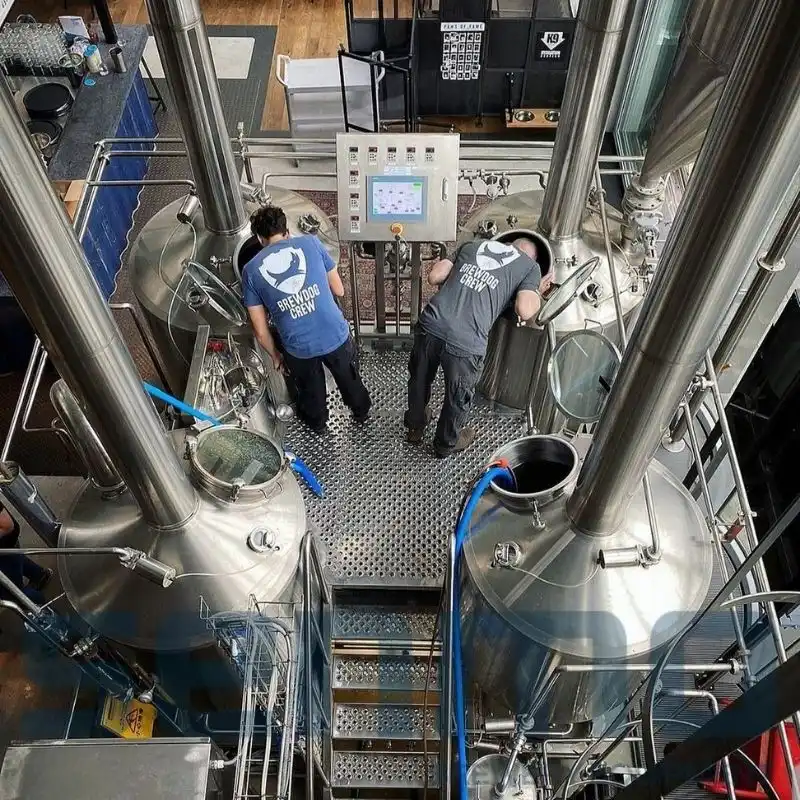
PID control system and PLC control system both are used for brewing control, but they have some key differences in function, complexity and cost.
PID control is usually simpler and cheaper than PLC control. They are designed to regulate temperature and maintain consistency during brewing. Use the feedback loop to monitor the temperature sensor and adjust the heating element, pump and valve to maintain a stable temperature within a narrow range.
The PLC control panel is more complex and expensive. In addition to temperature regulation, they can also control multiple processes, such as pump control, valve control and brewing process automation. PLC can also be integrated with other systems, such as data recording, recipe management and remote access.
PID control is usually easier to operate, with intuitive interface and less programming requirements. The PLC control panel is more complex and requires more technical expertise to operate and maintain.
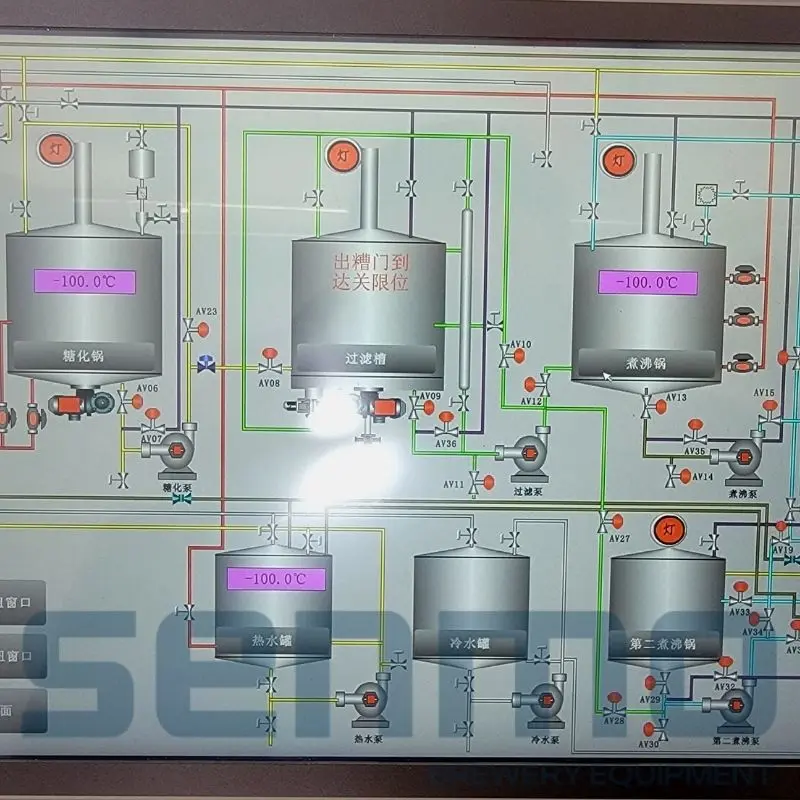
For breweries with high demand for automation and standardization, PLC control may be the best choice. It can automate many steps in the brewing process, so that employees can spare time to focus on other aspects of operation, and ensure the consistency of beer quality. However, in small bars or craft beer brew pubs, the art of brewing is more dependent on "Craft", and PID control may be more appropriate. It allows precise temperature control and consistency, while still allowing brewers to adjust according to their own knowledge and experience.
